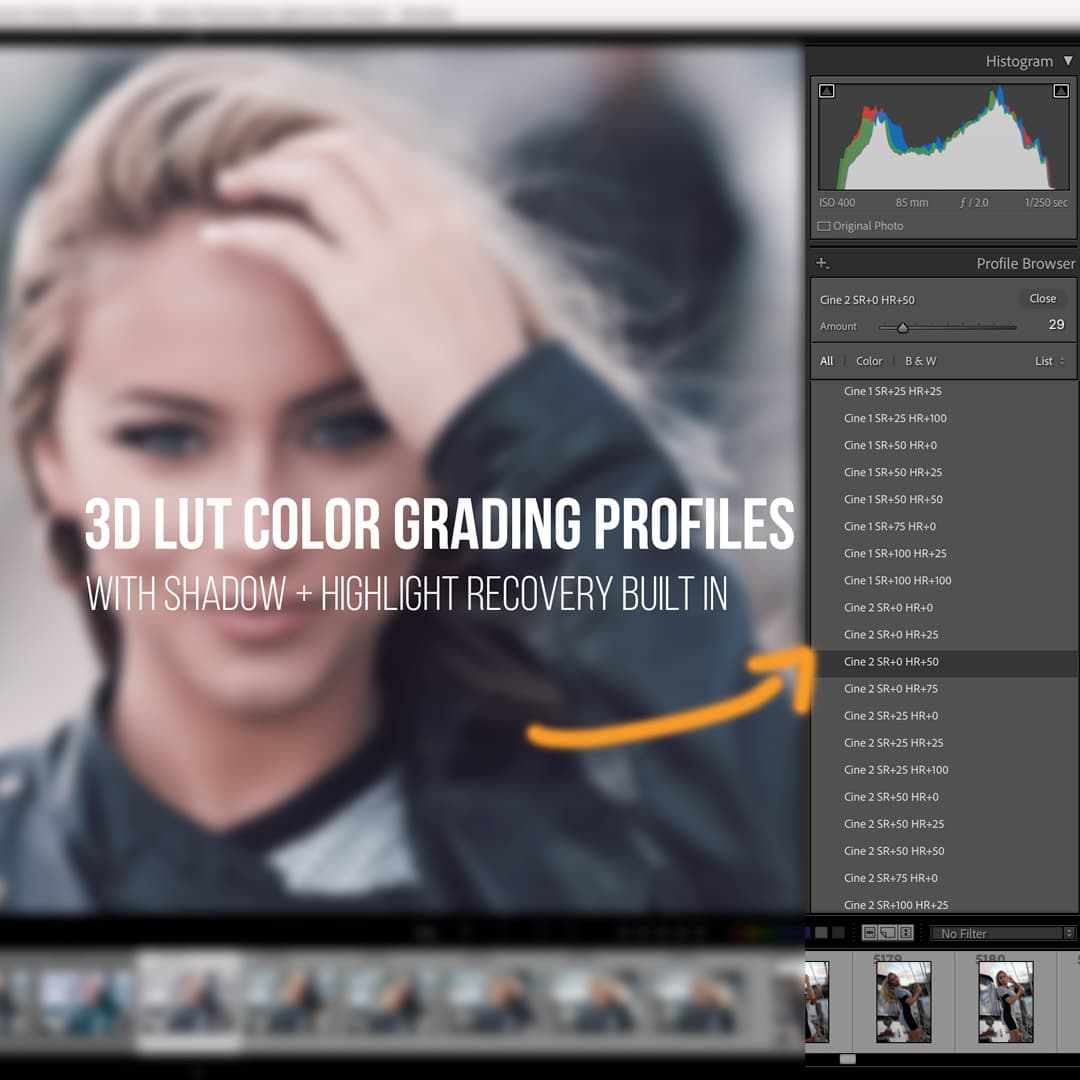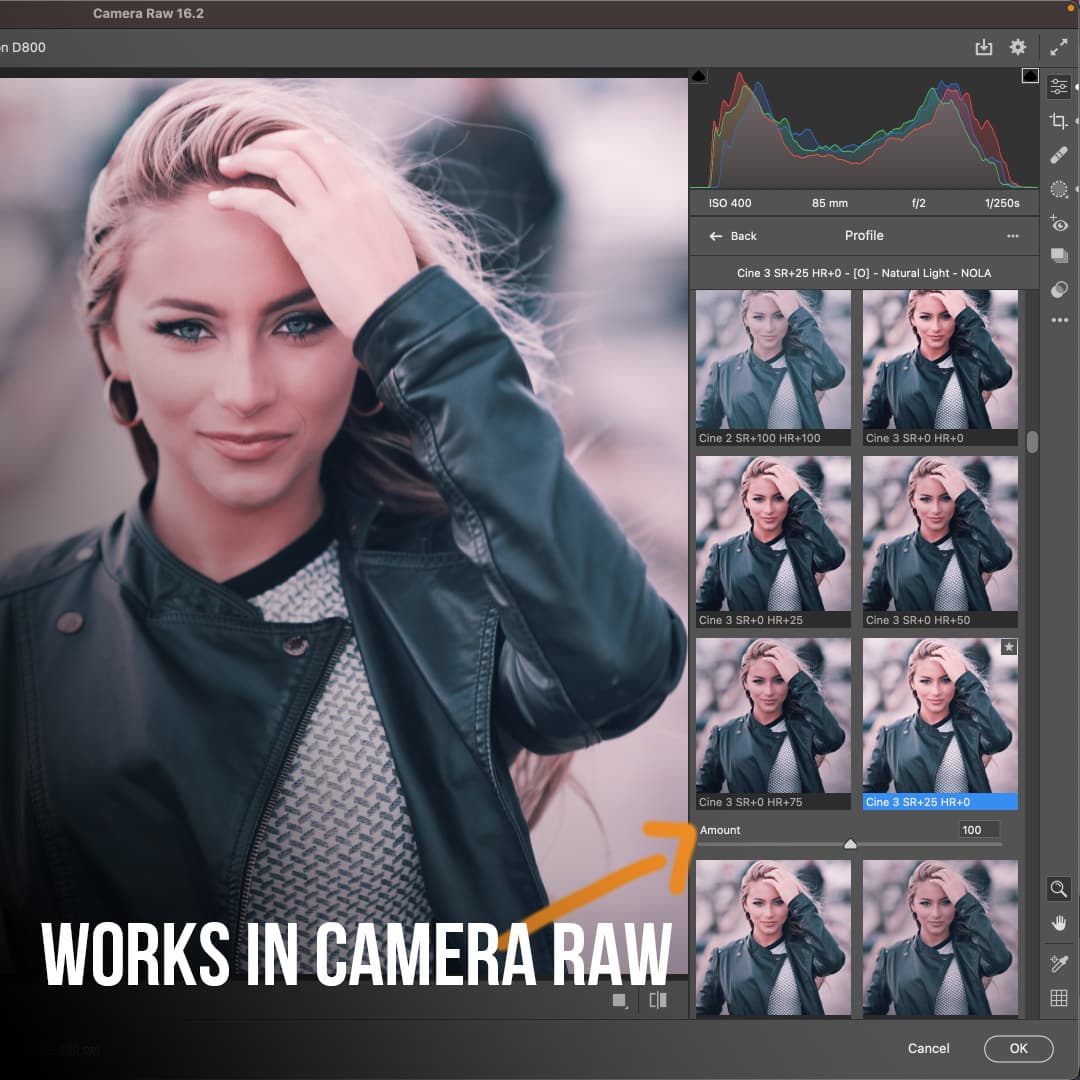Changing image size in Photoshop is a fundamental skill for photographers, designers, and digital artists. Whether you're preparing images for print, web, or social media, understanding how to resize effectively is crucial.
To change image size in Photoshop, go to Image > Image Size, enter your desired dimensions, and click OK.
While this simple method works for basic resizing, there's more to consider when adjusting image dimensions in Photoshop. We'll explore various techniques to resize images without losing quality, including using the Transform Tool and Crop Tool.
We'll also cover how to maintain aspect ratios and optimize file sizes for different purposes.
By mastering these resizing techniques, we can ensure our images look their best across various platforms and mediums. Let's dive into the details of resizing images in Photoshop and unlock the full potential of our visual content.
Key Takeaways
- Photoshop offers multiple methods to resize images while maintaining quality
- Understanding resolution and resampling is crucial for optimal resizing results
- Resizing techniques can be tailored to specific output requirements like web or print
Understanding Image Size and Resolution
Image size and resolution are fundamental concepts in digital image editing. They determine how an image appears on screen and in print. Let's explore the key aspects of these important properties in Photoshop.
The Basics of Pixels and Resolution
Pixels are the building blocks of digital images. They're tiny squares of color that make up the overall picture.
Image resolution refers to the number of pixels in a given area, usually measured in pixels per inch (PPI).
Higher resolution means more detail and sharper images. For example, a 300 PPI image will look crisper than a 72 PPI image of the same dimensions.
In Photoshop, we can adjust both pixel dimensions and resolution. The Image Size dialog box lets us modify these settings.
It's important to note that increasing resolution without resampling will reduce the physical size of the image.
Differences Between Image Size and Canvas Size
Image size refers to the width and height of the actual image content. Canvas size, on the other hand, is the total area available for the image, including any empty space around it.
When we change the image size in Photoshop, we're altering the dimensions of the entire image. This affects all the pixels in the image.
Adjusting canvas size only changes the working area. It doesn't affect the image's actual pixels unless we expand the canvas beyond the image boundaries.
We can use the Crop tool to simultaneously adjust both image and canvas size. This allows us to remove unwanted parts of an image while keeping the desired content intact.
Navigating the Image Size Dialog Box
The Image Size dialog box in Photoshop provides powerful tools for adjusting image dimensions and resolution. We'll explore how to access these settings and effectively use different measurement units.
Accessing Image Size Settings
To open the Image Size dialog box, we go to Image > Image Size in the top menu. This brings up a window with various options for resizing our image.
At the top, we see the current dimensions and file size. Below that, we find fields to adjust the width, height, and resolution. The chain icon between width and height keeps the aspect ratio locked when checked.
We can also choose from preset sizes or enter custom values. The resolution field lets us change the pixels per inch (PPI), which affects print quality.
Using Measurement Units
Photoshop offers flexibility in how we measure our images. We can switch between different units by clicking the dropdown menu next to each dimension.
Common options include:
- Pixels
- Inches
- Centimeters
- Millimeters
- Points
- Picas
For web graphics, we typically use pixels. For print projects, inches or centimeters are more common. Points and picas are useful for typography-related work.
By understanding these units, we can precisely adjust our image size for various output needs, whether it's for digital displays or physical prints.
How to Resize an Image
Resizing images in Photoshop is a fundamental skill for digital artists and photographers. We'll explore three key methods to adjust your image dimensions effectively.
Adjusting Width and Height
To resize an image in Photoshop, we start by opening the Image Size dialog box. Go to Image > Image Size or use the shortcut Alt+Ctrl+I (Windows) or Option+Command+I (Mac).
In this dialog, you'll see options to change the Width and Height. Enter new values in pixels, inches, or other units by clicking the dropdown menu next to the dimension fields.
For precise resizing, use the Width and Height fields. If you need to fit your image to specific dimensions, try the Fit To dropdown menu, which offers preset sizes for various purposes.
Preserving Aspect Ratio
Maintaining the correct proportions is crucial when resizing images. To preserve the aspect ratio, ensure the chain icon between Width and Height is linked.
When this option is active, changing one dimension automatically adjusts the other to keep the image proportional. This prevents distortion and maintains the original look of your image.
If you need to resize to exact dimensions without preserving ratio, simply unlink the chain icon. Be cautious, as this may stretch or compress your image unnaturally.
Changing Resolution without Altering Dimensions
Sometimes we need to adjust an image's resolution without changing its size. In the Image Size dialog, uncheck "Resample Image" at the bottom.
Now, when you change the resolution, the pixel dimensions remain constant. This is useful for preparing images for different output methods without altering their size.
Adjusting resolution affects print quality and file size. Higher resolution increases detail but also file size, while lower resolution reduces both.
Remember, changing resolution without resampling doesn't affect how the image appears on screen, only its print size and quality.
Exploring Resampling Options
Resampling is a crucial aspect of resizing images in Photoshop. It involves changing the pixel dimensions of an image, which can affect its quality and appearance.
Understanding Resampling
Resampling occurs when we change the pixel dimensions of an image. This process adds or removes pixels to achieve the desired size. When we increase the size, Photoshop creates new pixels based on existing ones. Decreasing size removes pixels.
Resampling can impact image quality. Upsampling may lead to loss of sharpness, while downsampling can result in loss of detail. We must consider these effects when resizing images for various purposes.
Photoshop offers several resampling options to maintain image quality during resizing. These options use different algorithms to calculate new pixel values.
Choosing the Right Interpolation Method
Photoshop provides various interpolation methods for resampling. Each method has its strengths and is suited for different types of images and resizing scenarios.
Bicubic is a versatile option that works well for most images. It produces smooth results by averaging pixel values.
Bicubic Smoother is ideal for enlarging images, as it minimizes jagged edges. Bicubic Sharper is best for reducing image size while maintaining edge details.
The Preserve Details option is excellent for upsampling, as it analyzes surrounding pixels to maintain sharp edges and textures. We can adjust its Noise Reduction slider to fine-tune the results.
For complex images with intricate details, we might need to experiment with different methods to achieve the best results. The choice of interpolation method can significantly impact the final image quality.
Optimizing Image Quality
Changing an image's size can significantly impact its quality. We'll explore how resizing affects image clarity and provide best practices for maintaining high-quality results.
Impact of Resizing on Quality
When we resize an image in Photoshop, we're altering its pixel dimensions and potentially its resolution.
Scaling an image up often leads to a loss in quality as Photoshop must create new pixels to fill in the gaps. This can result in blurriness or pixelation.
Scaling down generally has less impact on quality, but can still lead to loss of detail. The image's pixels per inch (PPI) plays a crucial role in determining the final output quality. A higher PPI typically results in sharper images, especially for print.
We need to be mindful of the resampling method Photoshop uses when resizing. Different methods are better suited for different types of images and scaling directions.
Best Practices for High-Quality Images
To maintain image quality when resizing, we recommend starting with high-resolution images whenever possible. This gives us more pixels to work with during the resizing process.
When downscaling, we should use the "Bicubic Sharper" resampling method in Photoshop. For upscaling, "Preserve Details 2.0" often yields the best results.
It's crucial to maintain the aspect ratio when resizing to avoid distortion. We can do this by linking the width and height fields in the Image Size dialog box.
For web images, we aim for a balance between file size and quality. Saving images as JPEG with a quality setting of 60-80% often provides good results.
Lastly, we always recommend saving a copy of the original image before resizing. This allows us to return to the highest quality version if needed.
Advanced Resizing Techniques
Photoshop offers powerful tools for resizing images beyond basic scaling. We'll explore two advanced methods that provide greater control and flexibility when adjusting image dimensions.
Using the Transform Tool
The Transform tool in Photoshop allows for precise resizing and manipulation of images or specific layers.
To access it, select Edit > Free Transform or press Ctrl+T (Cmd+T on Mac). This brings up a bounding box with handles for resizing.
Click and drag the corner handles to resize proportionally. Hold Shift while dragging to maintain the aspect ratio.
For non-proportional resizing, use the side handles. The Transform tool also enables rotation, skewing, and perspective adjustments.
For even more control, right-click inside the bounding box to access additional transform options like Scale, Rotate, Skew, Distort, and Perspective.
Remember to press Enter or click the checkmark in the options bar to apply the transformation.
Working with Smart Objects
Smart Objects offer a non-destructive way to resize images in Photoshop. They preserve the original image quality and allow for multiple resizing operations without degradation.
To convert a layer to a Smart Object, right-click the layer and select "Convert to Smart Object".
Now you can resize the layer multiple times without losing quality.
When working with Smart Objects, remember to:
- Double-click the Smart Object thumbnail to edit its contents
- Use Free Transform (Ctrl+T/Cmd+T) to resize without quality loss
- Apply filters non-destructively
Smart Objects are particularly useful for designs that require frequent resizing or for maintaining maximum flexibility in your workflow.
Managing File Size for Different Uses
Adjusting file sizes in Photoshop is crucial for optimizing images for various purposes.
We'll explore techniques to reduce file sizes for web use and preserve quality for print.
Reducing File Size for Web
To optimize images for web use, we can employ several strategies in Photoshop.
First, we'll resize the image dimensions to fit the intended display size. This step alone can significantly decrease file size.
Next, we'll reduce the resolution to 72 DPI, which is suitable for most screens. We can further compress the image by adjusting the quality settings.
To save web-optimized images, we'll use the "Save for Web" feature:
- Go to File > Export > Save for Web (Legacy)
- Choose JPEG format for photographs
- Adjust the quality slider to balance size and appearance
- Preview the result and file size
This process helps us create lightweight images that load quickly on websites without sacrificing visual appeal.
Saving High-Resolution Images for Print
For print-quality images, we need to maintain higher resolutions and file sizes.
We'll start by setting the image dimensions and resolution in the Image Size dialog box.
Key considerations for print images:
- Resolution: 300 DPI for most print applications
- Color mode: CMYK for professional printing
- File format: TIFF or PSD for lossless quality
When saving, we'll choose File > Save As and select an appropriate format.
TIFF is ideal for preserving layers and maintaining high quality. For simpler prints, we may opt for high-quality JPEGs.
We can use the "Save As" dialog to adjust compression settings if needed. It's crucial to preview the image at 100% zoom to ensure sharpness and detail retention.
Cropping and Aspect Ratios
Changing an image's size often involves cropping and adjusting aspect ratios. These techniques allow us to refine composition and achieve desired proportions for various outputs.
Using the Crop Tool
The Crop Tool in Photoshop is versatile and powerful. We can access it by selecting the crop icon in the toolbar or pressing C on the keyboard.
To use the Crop Tool, we click and drag over the area we want to keep. The area outside the crop boundary will be removed.
For precise cropping, we can enter specific dimensions in the Options bar. This ensures our final image matches exact size requirements.
The Crop Tool also offers overlay guides to help with composition. We can cycle through different guide options using the O key.
Adjusting Composition and Aspect Ratio
Changing the aspect ratio allows us to fit images into different frame sizes or social media post dimensions.
To change the aspect ratio, we select a preset from the Options bar or enter custom values. Common ratios include:
- 1:1 (square)
- 4:3 (standard TV)
- 16:9 (widescreen)
We can constrain proportions by clicking the chain icon between width and height fields. This maintains the original ratio as we resize.
For creative cropping, we might choose to ignore aspect ratios. This gives us freedom to focus on the most interesting parts of an image.
Remember to consider the focal point when adjusting composition. We aim to create a balanced and visually appealing final image.
Frequently Asked Questions
Resizing images in Photoshop involves various techniques and considerations. We'll address common queries about maintaining quality, resizing layers, using shortcuts, troubleshooting issues, and achieving specific dimensions.
How can I maintain the quality of an image when resizing it in Photoshop?
To maintain image quality when resizing, we recommend using the Image Size dialog box.
Select "Resample" and choose "Preserve Details 2.0" for enlarging or "Bicubic Sharper" for reducing.
Ensure the "Constrain Proportions" box is checked to maintain the aspect ratio. Adjust the resolution if needed, typically 300 PPI for print and 72 PPI for web.
What steps should I follow to resize a layer within my Photoshop project?
To resize a specific layer, we use the Free Transform tool.
Select the layer in the Layers panel, then press Ctrl+T (Windows) or Command+T (Mac).
Drag the corner handles to resize. Hold Shift while dragging to maintain proportions. Press Enter or click the checkmark to apply the changes.
Is there a way to resize an image in Photoshop using keyboard shortcuts?
Yes, we can use keyboard shortcuts for quick resizing.
Press Ctrl+Alt+I (Windows) or Command+Option+I (Mac) to open the Image Size dialog box directly.
For Free Transform, use Ctrl+T (Windows) or Command+T (Mac). These shortcuts speed up our workflow significantly.
Why am I unable to alter the size of an image in Photoshop as expected?
If we're having trouble resizing, it might be due to locked layers or smart objects.
Check if the layer is locked in the Layers panel and unlock it if necessary.
For smart objects, we need to convert them to regular layers before resizing. Right-click the layer and choose "Rasterize Layer" if needed.
What techniques are available for resizing an image by dragging in Photoshop without causing distortion?
To resize by dragging without distortion, we use Free Transform (Ctrl+T or Command+T).
Hold Shift while dragging corner handles to maintain proportions.
For more precision, we can enter exact dimensions in the options bar at the top. This ensures accurate resizing without unwanted stretching.
Can you resize an image to a specific size, such as 1920x1080, in Photoshop?
Yes, we can resize to specific dimensions like 1920x1080. To do this, open the Image Size dialog box (Image > Image Size) and enter the desired width and height.
Make sure "Constrain Proportions" is checked if you want to maintain the aspect ratio. If needed, you can crop the image after resizing to fit the exact dimensions.





















